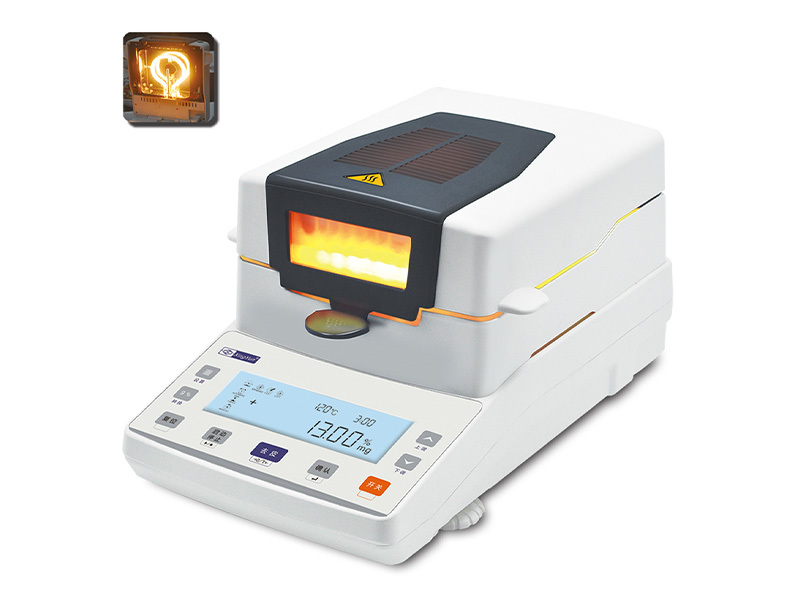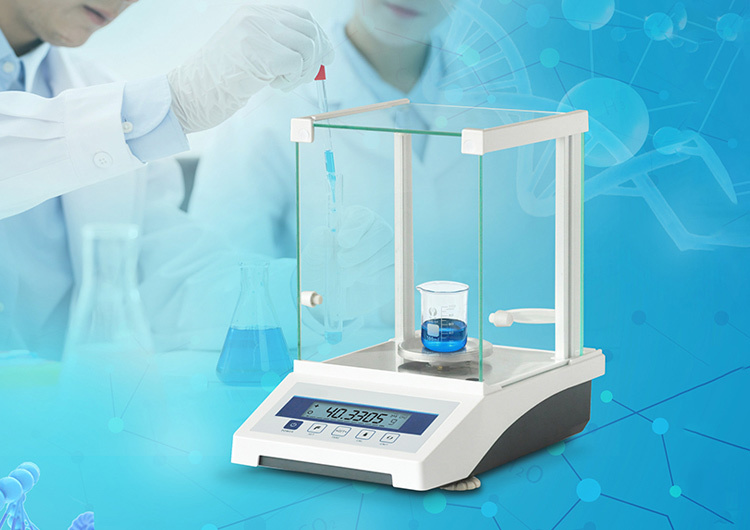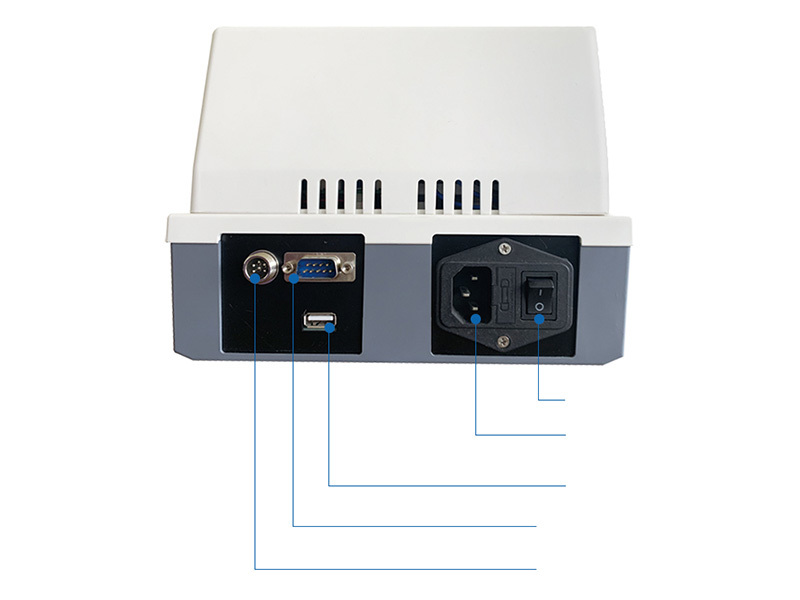News
The Hidden Benefits of Using Halogen Moisture Analyzers in Food Processing
2025-04-08
The Hidden Benefits of Using Halogen Moisture Analyzers in Food Processing
Table of Contents
1. Introduction to Halogen Moisture Analyzers
2. Understanding Moisture Content in Food Products
3. How Halogen Moisture Analyzers Work
3.1 The Role of Halogen Technology
3.2 Quick and Accurate Measurements
4. Advantages of Using Halogen Moisture Analyzers in Food Processing
4.1 Enhanced Quality Control
4.2 Improved Efficiency and Productivity
4.3 Consistency Across Production Batches
4.4 Cost-Effective Solutions for Food Manufacturers
5. Common Applications in Food Processing
6. Choosing the Right Halogen Moisture Analyzer
7. FAQs About Halogen Moisture Analyzers
8. Conclusion
1. Introduction to Halogen Moisture Analyzers
In the ever-evolving landscape of food processing, **ensuring quality and consistency** is paramount. One of the most effective tools that has emerged in this domain is the **halogen moisture analyzer**. These devices utilize halogen technology to measure moisture content in various food products, providing insights that are crucial for maintaining quality control. This article delves into the hidden benefits of these analyzers, revealing their significance in food processing environments.
2. Understanding Moisture Content in Food Products
Moisture content plays a critical role in the **shelf life, texture, and overall quality** of food products. Too much moisture can lead to spoilage and microbial growth, while too little can affect taste and texture. **Food manufacturers** must accurately monitor and control moisture levels to ensure the best product quality. This is where halogen moisture analyzers shine, providing reliable and rapid results that aid in maintaining optimal moisture levels.
3. How Halogen Moisture Analyzers Work
Halogen moisture analyzers work on the principle of **thermogravimetric analysis**, where samples are heated to evaporate moisture content. The halogen lamp produces rapid heating, allowing for quick and efficient moisture testing.
3.1 The Role of Halogen Technology
The use of halogen technology in moisture analyzers enables **high-temperature drying**. Halogen lamps can reach temperatures exceeding 200 degrees Celsius, which is significantly higher than traditional methods. This leads to faster evaporation of moisture, resulting in shorter testing times.
3.2 Quick and Accurate Measurements
Halogen moisture analyzers provide **real-time data**. As moisture is drawn out of the sample, the device continuously measures weight loss, offering precise readings. This accuracy is essential for food manufacturers who rely on exact measurements for quality assurance.
4. Advantages of Using Halogen Moisture Analyzers in Food Processing
The adoption of halogen moisture analyzers in food processing comes with a plethora of benefits that can enhance operational efficiency and product quality.
4.1 Enhanced Quality Control
One of the primary advantages of halogen moisture analyzers is their contribution to **enhanced quality control**. By providing accurate moisture measurements, manufacturers can ensure that products meet regulatory standards and consumer expectations. This leads to reduced product recalls and improved customer satisfaction.
4.2 Improved Efficiency and Productivity
Time is money in the food processing industry. Halogen moisture analyzers significantly cut down testing times, allowing for **rapid decision-making**. This efficiency leads to increased productivity, enabling manufacturers to process larger batches without compromising quality.
4.3 Consistency Across Production Batches
Consistency is key in food production. With halogen moisture analyzers, manufacturers can achieve uniformity in moisture levels across different production batches. This consistency ensures that every product meets the same high standards, fostering customer loyalty.
4.4 Cost-Effective Solutions for Food Manufacturers
Investing in halogen moisture analyzers can lead to substantial **cost savings** in the long run. By optimizing moisture levels, manufacturers can reduce waste, minimize energy consumption, and extend the shelf life of products. These factors contribute to a healthier bottom line.
5. Common Applications in Food Processing
Halogen moisture analyzers are versatile tools applicable in various sectors of food processing. Common applications include:
- **Baking Industry**: Monitoring moisture levels in bread and pastries to ensure optimal texture.
- **Dairy Products**: Ensuring proper moisture content in cheeses and yogurts for quality assurance.
- **Meat Processing**: Measuring moisture in meat products to control spoilage and improve texture.
- **Grain Processing**: Assessing moisture in grains to prevent mold and spoilage during storage.
6. Choosing the Right Halogen Moisture Analyzer
When selecting a halogen moisture analyzer, several factors should be considered:
- **Measurement Range**: Ensure the device covers the moisture range required for your products.
- **Heating Capacity**: Look for analyzers with adjustable heating settings for versatility.
- **User-Friendly Interface**: A device with intuitive controls can enhance usability and reduce training time.
- **Brand Reputation**: Opt for manufacturers known for quality and reliability in laboratory equipment.
7. FAQs About Halogen Moisture Analyzers
**Q1: What are halogen moisture analyzers?**
A1: Halogen moisture analyzers are devices used to measure the moisture content in various materials, employing halogen technology for rapid and accurate results.
**Q2: How do halogen moisture analyzers differ from traditional methods?**
A2: Unlike traditional drying methods that can take hours, halogen moisture analyzers offer quick results, reducing testing times significantly.
**Q3: Are halogen moisture analyzers expensive?**
A3: While the initial investment may be higher, the long-term savings in efficiency and quality control often outweigh the costs.
**Q4: Can halogen moisture analyzers be used for all types of food?**
A4: Yes, they are versatile and can be utilized for a wide range of food products, including baked goods, dairy, meat, and grains.
**Q5: How often should moisture content be measured in food processing?**
A5: Regular monitoring is recommended, especially during production runs, to ensure quality and consistency.
8. Conclusion
In conclusion, halogen moisture analyzers represent a significant advancement in food processing technology. Their ability to provide rapid, accurate moisture measurements contributes to **enhanced quality control**, increased efficiency, and cost savings for manufacturers. By understanding the hidden benefits of these devices, food processors can make informed decisions that will ultimately improve their product quality and operational efficiency. Investing in halogen moisture analyzers is not just a step toward modernization; it's a commitment to excellence in the food industry.
Related News













